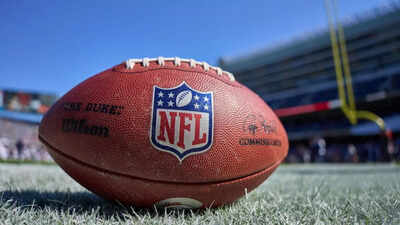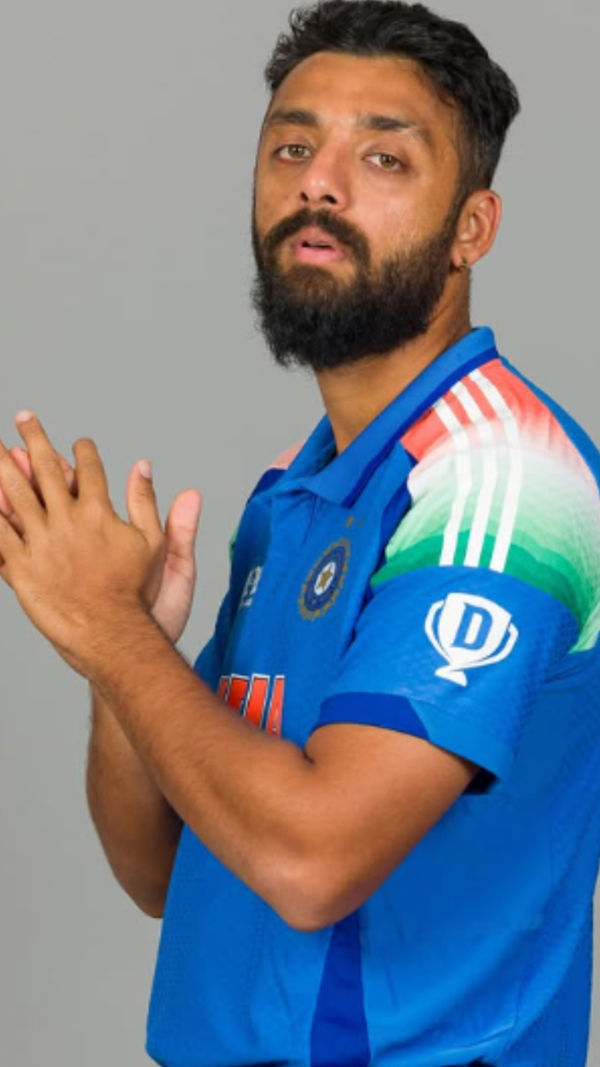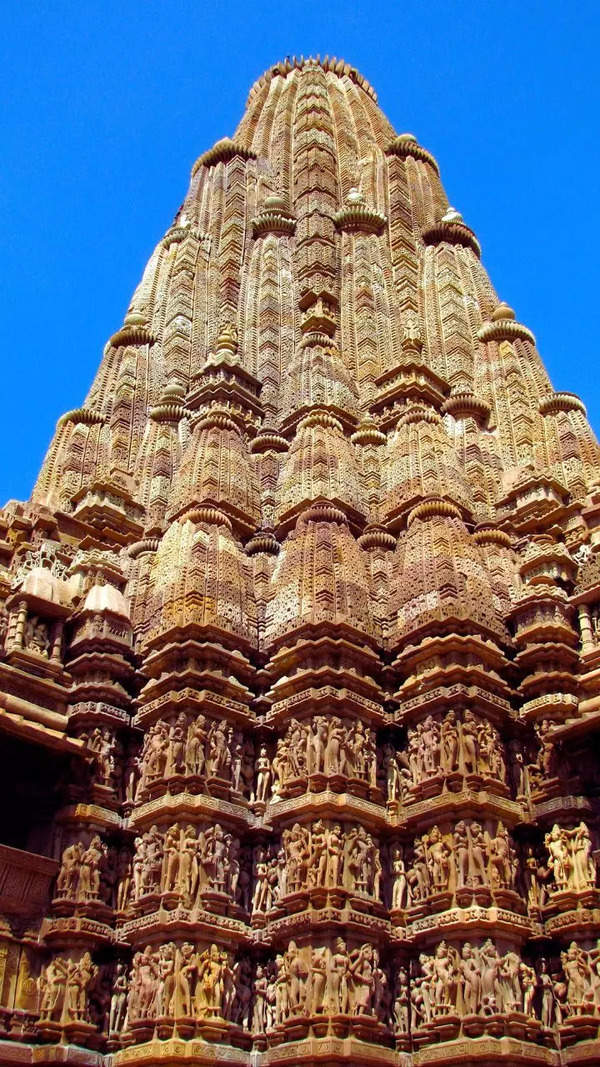- News
- Sports News
- How the NFL Scouting Combine became the draft’s ultimate proving ground
Trending
How the NFL Scouting Combine became the draft’s ultimate proving ground
The NFL Scouting Combine has transformed from a simple medical check-up in 1982 into a critical, data-driven event that heavily influences draft decisions. Held in Indianapolis since 1987, the combine showcases player abilities and provides consistent evaluation data for all teams.
The NFL Scouting Combine isn’t just a pre-draft event—it’s a high-stakes audition. Every year, top college prospects, coaches, and front offices gather at Lucas Oil Stadium in Indianapolis for a week of testing, interviews, and medical evaluations. What started as a low-profile medical check-up has turned into a televised spectacle, shaping how teams gamble on their futures.
Before the combine, scouting was chaos. Teams ran separate evaluations, medical records were scattered, and misinformation was everywhere. The league needed one event, one system, one place to get it right. And so, in 1982, the first version of the combine was born. It wasn’t flashy, but it was necessary. By 1985, the modern NFL Scouting Combine took shape, forever changing how teams draft.
The NFL Scouting Combine started as a medical check but became a multi-million dollar decision factory
The first National Invitational Camp happened in Tampa, Florida, in 1982, organized by National Football Scouting Inc. (NFS). Only 16 teams participated, and the main goal was simple—gather medical data in one place. At the time, teams paid out of pocket to send prospects for individual check-ups. The process was slow, expensive, and inefficient.
By 1985, the NFL said enough. The three camps merged into one, and the NFL assigned NFS to run the show. The league wanted consistency. The teams wanted better intel. The merge wasn’t just a convenience—it was a cost-cutting, data-driven power move. For the first time, all 32 teams had access to the same evaluations, leveling the playing field for draft decisions.
Over time, the combine evolved into a full-scale performance test. The 40-yard dash, bench press, vertical jump—these drills weren’t just for show. They became money-makers for players looking to boost their draft stock. A few tenths of a second in the 40-yard dash? That could mean millions of dollars in contract value.
How Indianapolis locked down the NFL Scouting Combine and kept it for decades
The combine didn’t start in Indianapolis. Tampa hosted the first two before the event moved to New Orleans in 1984. When the leagues merged the camps in 1985, they tried Arizona, then back to New Orleans in 1986.
It wasn’t until 1987 that the NFL landed in Indianapolis, and the city never let it go. The Hoosier Dome—later replaced by Lucas Oil Stadium—became the combine’s permanent home. It had everything: climate control, medical facilities, hotels within walking distance. The NFL loves efficiency, and Indy made sense.
The only interruption? 2021. COVID-19 forced the league to cancel in-person drills. Since then, teams have floated the idea of moving the event, and in 2023, the NFL opened bidding for host cities. But Indianapolis fought for it and secured the event through 2026.
Even as other cities try to steal it, Indy still feels like home for the combine. And unless another city builds an NFL-approved scouting wonderland, it’s hard to see that changing soon.
Read More:2025 NFL Mock Draft First Round Top Picks Include Shedeur Sanders, Cam Ward, Armand Membou, Travis Hunter

About the Author
TOI Sports DeskEnd of Article
FOLLOW US ON SOCIAL MEDIA






